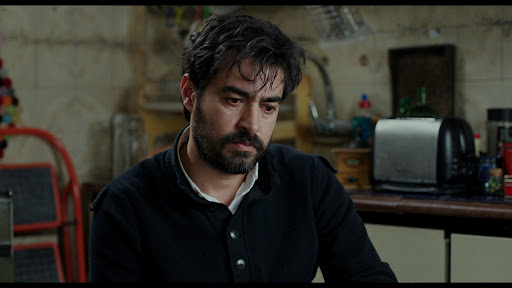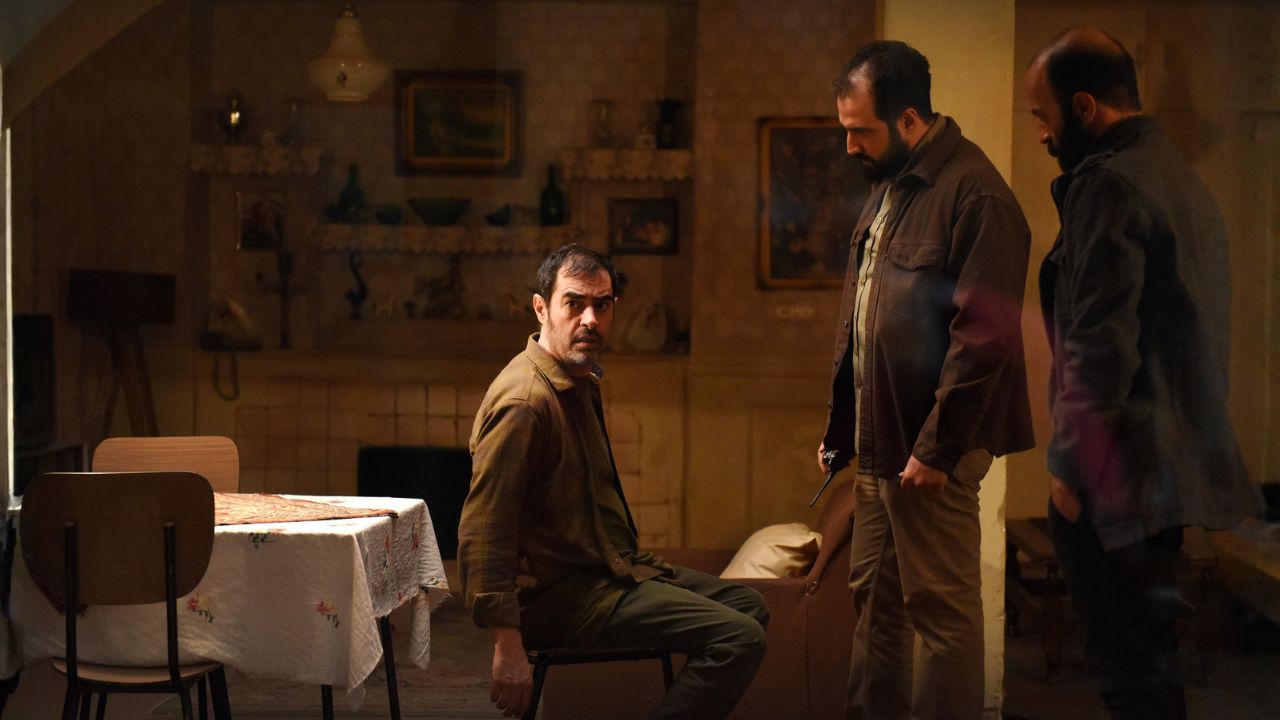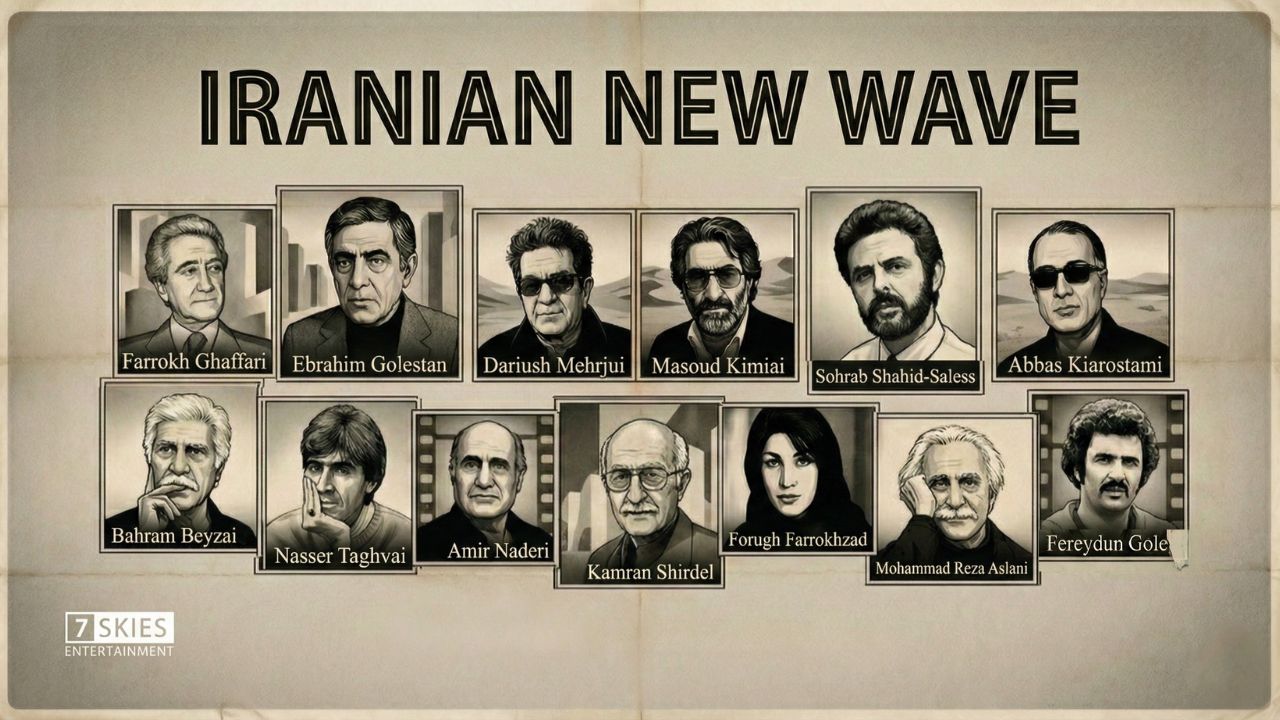
During the 69th Cannes Film Festival, Shahab Hosseini, won the Best Actor award. He earned this prestigious accolade for his role in the feature film “The Salesman”, directed by the renowned Iranian filmmaker Asghar Farhadi. “The Salesman” was the only Iranian film in the competition at the 69th Cannes Film Festival and managed to secure both the Best Actor award and the Best Screenplay award. Starring Shahab Hosseini and Taraneh Alidoosti, the film was initially titled “To Reach the Deer” but the name was later changed during production. It won the Academy Award for the Best Foreign Language Film in 2017, being Farhadi’s second win after “A Separation”. However, Farhadi did not attend the 89th Academy Awards ceremony in protest of the U.S. Executive Order 13769. The story revolves around Rana (played by Taraneh Alidoosti) and Emad (played by Shahab Hosseini), who are actors in the play “Death of a Salesman” by Arthur Miller. This play is not just a subplot but is treated as a central character within the film. “The Salesman” is a compact film with few characters, focusing primarily on Emad, who is a literature teacher and a theater actor. He is not meant to have any extraordinary or unique traits. Shahab Hosseini, with his deep understanding of Emad’s character, delivers a straightforward and unpretentious performance. He smoothly transitions between portraying Willy Loman in “Death of a Salesman”, lamenting the dismal state of his life, and embodying a loving husband searching for the truth. He plays more than one role, as Emad experiences a variety of different situations. On stage, he must be attentive to his wife’s tears, who is also his co-star in the performance. In the classroom, his nerves are frayed by mischievous students. Or, he argues with a friend who found them a new apartment, and he even mimics SpongeBob for a colleague’s child. Shahab Hosseini does not
exaggerate to separate the different facets of this character; instead, he uses a consistent performance to showcase varied reactions to different situations. Both Rana and Emad occasionally transform into other people by nature. Rana, having been wronged, lives in a darkened state and becomes irritable, aggressive, and irrational. On one hand, she demands her husband’s unwavering support, yet on the other, she does not assist in apprehending her assailant. Emad, who symbolizes kindness and compassion, becomes emotionally and ethically strained due to Rana’s unconscious behaviors, at times blaming her and causing her pain, or not believing her. This is the same Emad who, in the first half of the film, was entirely focused on restoring Rana’s mental peace at any cost, whether material or spiritual. He hovered around Rana like a moth. However, midway through the film, Rana’s behavior severely suppresses him. Emad sets out to find the assailant, considering it a form of revenge or, by any other name, the only remedy for Rana’s suffering and, more importantly, for his own tormented soul. Mahnudreza Rahimi, the author of “The Training of Acting Emotions”, says: “I think Shahab Hosseini’s strong performance from the start helps him throughout the film. When he slaps the old man, we believe the slap—it’s as if we’ve been slapped ourselves and are equally shocked. Many can’t even guess that Willy Loman isn’t Shahab Hosseini himself, when, in fact, Willy is the old man who enters the film’s storyline late, making this film a beautifully crafted adaptation.”



